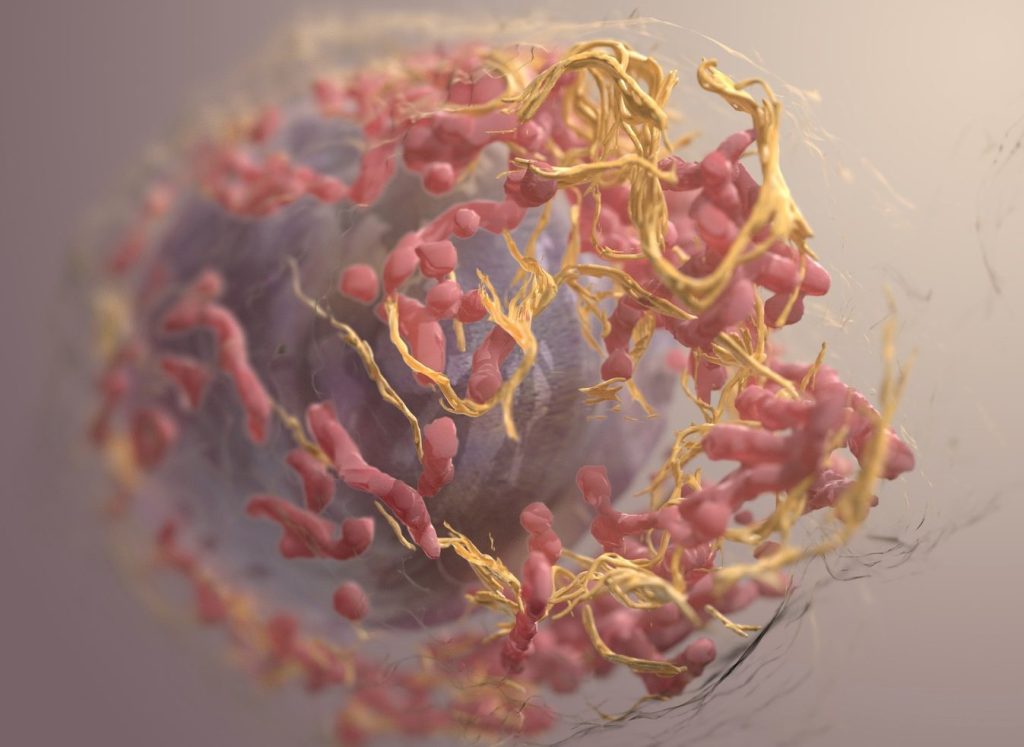GLP-1 Receptor Agonists Protect the Liver During Alcohol Consumption

GLP-1 receptor agonists are also promising for the treatment of alcohol use disorder and alcohol-associated liver disease, as growing evidence suggests they reduce the motivation to drink alcohol. Now, surprising new findings reveal that the medications may have direct protective effects on the liver as well.
In a new study, published in npj Metabolism Health and Disease, Yale School of Medicine (YSM) researchers found that in mice, GLP-1RAs reduced an enzyme that metabolises alcohol. That, in turn, decreased the production of toxic alcohol metabolites.
“This is the first time that GLP-1 receptor agonists have been shown to regulate alcohol metabolism in the liver,” says principal investigator Wajahat Mehal, MD, professor of medicine (digestive diseases) at YSM. “If you’re taking semaglutide, then your body will likely handle alcohol differently.”
However, because these drugs slowed the metabolism of alcohol, the mice also had higher blood alcohol levels, the researchers found.
“GLP-1 receptor agonists seem to have very similar effects in mice and humans,” says Mehal. “If these results are also reproduced in humans, people using GLP-1 receptor agonists might be drinking an amount of alcohol that does not normally put them above the legal blood alcohol level, but because they are taking this drug, it does.”
Further studies in humans are needed to understand these impacts of GLP-1 receptor agonists more fully, he stresses.
GLP-1 receptor agonists decrease toxic alcohol metabolites
In the study, researchers gave mice either a GLP-1 receptor agonist or a placebo. They observed that mice receiving the medication had decreased levels of a liver enzyme known as Cyp2e1, which breaks down alcohol into a toxic metabolite called acetaldehyde.
“This is significant because alcohol itself is actually not the most toxic molecule to the liver,” explains Mehal. Rather, acetaldehyde is one of the major drivers of alcohol-related harm to the liver. “These drugs are resulting in less acetaldehyde.”
The findings suggest that not only might GLP-1 receptor agonists help the liver by acting on the brain to reduce alcohol consumption, but also through slowing metabolism of alcohol in the liver, and in turn reducing the levels of toxic metabolites.
Ongoing clinical trials are currently testing the benefits of semaglutide for people living with alcohol-induced liver disease. The study suggests that GLP-1 receptor agonists may offer greater benefits to the liver than previously thought, and that the drug may still help patients who are not abstaining from alcohol.
“Even if some individuals don’t reduce their alcohol intake while they’re on a GLP-1 receptor agonist, they will probably still have hepatic protection, because fewer toxic metabolites will be produced in the liver,” Mehal says.
GLP-1 receptor agonists increase blood alcohol concentration
In another experiment, the researchers measured blood alcohol concentrations of mice 30 minutes after giving them alcohol. They found that mice who had received a GLP-1 receptor agonist had higher blood alcohol concentrations compared to controls, and that these levels took longer to drop.
More research is needed to better understand the consequences of elevated blood alcohol levels on the rest of the body, Mehal says.
“If the liver is not metabolizing alcohol as quickly, the alcohol load could be shifted to other organs,” he poses. “Then, not only might people have a high blood alcohol level, but may also experience more cognitive effects like discoordination.”
The number of people taking these drugs is rapidly increasing—as many as one in eight adults in the U.S. have used or are currently using a GLP-1 receptor agonist. Meanwhile, about half of U.S. adults drink alcohol and 6% report drinking heavily.
As the use of these medications for a range of conditions continues to rise, it is increasingly important to study the interactions between these medications and alcohol, Mehal says.
“There already are large numbers of people who are taking GLP-1 receptor agonists and are drinking either social amounts or excess amounts of alcohol,” says Mehal. “We need to know the effects of these drugs in that setting.
Source: Yale School of Medicine




